Photo Credit: The Nature Conservancy
Ecological Health & Function

CATEGORY: Riparian Condition

Vegetation Structure and Complexity Indicator
The vegetation structure and complexity indicator describes riparian vegetation and its ability to support characteristic riparian functions. Healthy riparian zones are characterized by a high level of vertical and horizontal complexity, including a mosaic of habitat types and multiple vegetation layers. Included in these considerations are structure, height, cover, species diversity, complexity, age, and patchiness/interspersion of riparian vegetation. The character and complexity of riparian vegetation are primarily driven by above ground saturation and the associated disturbance caused by seasonal flooding and alluvial groundwater. Complex riparian corridors in turn influence a spectrum of physical functions in the river ecosystem while providing critical wildlife habitat.
Vegetation Structure & Complexity score by Riverscape

Did you know?
The Yampa River supports one of the world’s largest remaining examples of a rare riparian forest type dominated by narrowleaf cottonwood, box elder, and red-osier dogwood. (A few places in Utah, Idaho, Wyoming and Colorado are the only places where this plant community occurs.). Visit The Nature Conservancy’s Carpenter Ranch to experience this valuable riparian forest for yourself.
